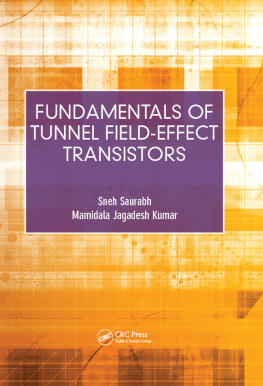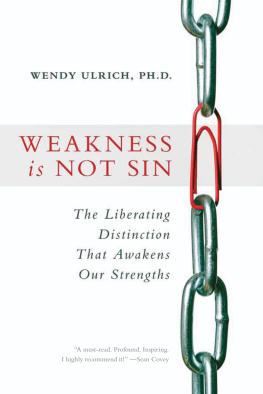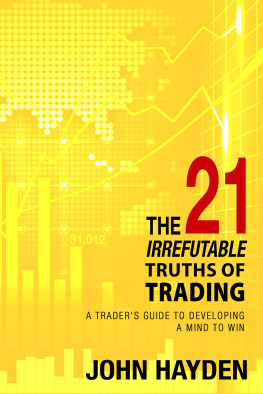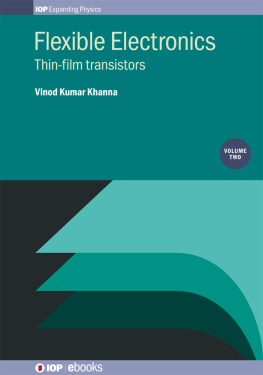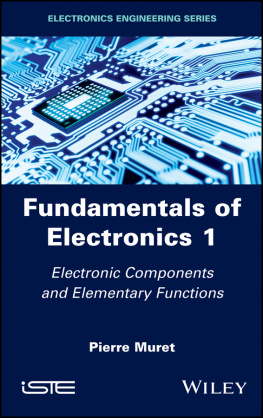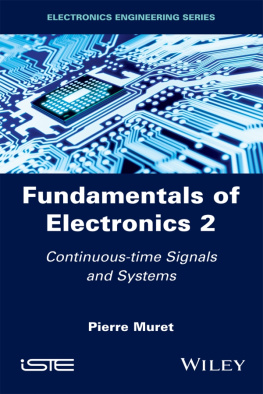Contents

FUNDAMENTALS OF TUNNEL FIELD-EFFECT TRANSISTORS
FUNDAMENTALS OF TUNNEL FIELD-EFFECT TRANSISTORS
Sneh Saurabh
Indraprastha Institute of Information Technology, Delhi, India
Mamidala Jagadesh Kumar
Indian Institute of Technology, Delhi, India

CRC Press
Taylor & Francis Group
6000 Broken Sound Parkway NW, Suite 300
Boca Raton, FL 33487-2742
2017 by Taylor & Francis Group, LLC
CRC Press is an imprint of Taylor & Francis Group, an Informa business
No claim to original U.S. Government works
Printed on acid-free paper
Version Date: 20160706
International Standard Book Number-13: 978-1-4987-6713-2 (Hardback)
This book contains information obtained from authentic and highly regarded sources. Reasonable efforts have been made to publish reliable data and information, but the author and publisher cannot assume responsibility for the validity of all materials or the consequences of their use. The authors and publishers have attempted to trace the copyright holders of all material reproduced in this publication and apologize to copyright holders if permission to publish in this form has not been obtained. If any copyright material has not been acknowledged please write and let us know so we may rectify in any future reprint.
Except as permitted under U.S. Copyright Law, no part of this book may be reprinted, reproduced, transmitted, or utilized in any form by any electronic, mechanical, or other means, now known or hereafter invented, including photocopying, microfilming, and recording, or in any information storage or retrieval system, without written permission from the publishers.
For permission to photocopy or use material electronically from this work, please access www.copyright.com (http://www.copyright.com/) or contact the Copyright Clearance Center, Inc. (CCC), 222 Rosewood Drive, Danvers, MA 01923, 978-750-8400. CCC is a not-for-profit organization that provides licenses and registration for a variety of users. For organizations that have been granted a photocopy license by the CCC, a separate system of payment has been arranged.
Trademark Notice: Product or corporate names may be trademarks or registered trademarks, and are used only for identification and explanation without intent to infringe.
Library of Congress Cataloging-in-Publication Data
Names: Saurabh, Sneh, author. | Kumar, Mamidala Jagadesh, author.
Title: Fundamentals of tunnel field effect transistors / Sneh Saurabh, Mamidala Jagadesh Kumar.
Description: Boca Raton, FL : CRC Press, Taylor & Francis Group, [2016] | Includes bibliographical references and index.
Identifiers: LCCN 2016022619| ISBN 9781498767132 (hardback ; alk. paper) | ISBN 1498767133 (hardback ; alk. paper) | ISBN 9781498767163 (e-book) | ISBN 1498767168 (e-book)
Subjects: LCSH: Tunnel field-effect transistors. | Integrated circuits--Design and construction. | Nanostructured materials. | Low voltage integrated circuits.
Classification: LCC TK7871.95 .S28 2016 | DDC 621.3815/284--dc23
LC record available at https://lccn.loc.gov/2016022619
Visit the Taylor & Francis Web site at
http://www.taylorandfrancis.com
and the CRC Press Web site at
http://www.crcpress.com
Dedicated to Saraswati, the Goddess of Learning.
Contents
For more than five decades, the miniaturization of circuits, achieved by the scaling down of metal-oxide field-effect transistors (MOSFETs), has been the principal driver for the semiconductor industry. However, the stringent power constraints of integrated circuits and the non-scalability of the subthreshold slope in a conventional MOSFET, now pose a serious threat to the continued scaling of field-effect transistors. Therefore, intensive research is being carried out on novel steep subthreshold-slope devices that can replace the conventional MOSFET in future integrated circuits. Hence, Tunnel Field Effect Transistors (TFETs) are very promising devices as they exhibit a subthreshold swing lower than 60 mV/decade, which is the theoretical limit for a conventional MOSFET. Consequently, TFET-based circuits can be highly energy efficient and TFETs are often regarded as Green Transistors.
An exhaustive research of TFETs was triggered around 2004 with the successful demonstration of the subthreshold swing below 60 mV/decade and the necessity for a device that can replace conventional MOSFETs for low-power energy-efficient circuits. Since then, there has been a thorough investigation of various aspects of TFETs and their applications in integrated circuits. The number of research papers on TFETs has been growing exponentially. Various research groups are actively working on improving the characteristics of TFETs and have been reporting consistent improvements in the electrical parameters. Different types of materials are being explored to realize TFETs and have yielded encouraging results. Our understanding of TFETs has considerably improved over the years. The technological advances in realizing better TFETs will make them ideal candidates in commercial low-power applications.
Since TFETs have a huge potential for employment in energy-efficient circuits, engineers from diverse backgrounds and different levels of understanding of electronic devices need to comprehend the fundamental aspects of TFETs. However, since TFETs are aggressively studied, and due to the lack of a comprehensive textbook, research papers are currently the primary source of knowledge on TFETs. With a plethora of papers appearing on TFETs, gaining a basic understanding of a TFET and keeping track of the latest research is a challenge. Therefore, we believe that a book describing the fundamental aspects of a TFET will be useful, not only for engineers who need to understand the basics of TFETs, but also for researchers who are innovating and applying the TFET concepts. This book, Fundamentals of Tunnel Field Effect Transistors, is intended to fulfill this requirement for the device research community.
The material presented in this book is based primarily on research papers and draws benefits from our research work on TFETs carried out for more than a decade. In this book, as an illustration, we have included several device architectures that have been proposed by different research groups. This will help readers appreciate the techniques for improving the characteristics of the TFETs. Additionally, these techniques will encourage readers to develop their own device improvement techniques and carry out research on TFETs to make them suitable for future circuit applications. Throughout this book, we have emphasized the qualitative aspects of the devices rather than focusing on the mathematical equations governing the devices. This has been done so that readers can gain an intuitive understanding of the devices rather than being bogged down by complicated equations. However, we have provided appropriate references so that interested readers can delve deeper into the subject and appreciate the quantitative aspects of TFETs as well.
This book starts by discussing CMOS scaling in , the current state of research on TFETs is summarized including future prospects for TFETs.
We are hopeful that this book will be very useful for students, researchers, and practicing engineers in the industry.
Ever since the demonstration of the first Field-Effect Transistor (FET) in 1960 and Complementary Metal-Oxide-Semiconductor (CMOS) configuration in 1963, there has been continuous advancement in the CMOS technology []. It is remarkable that despite several difficult technical challenges, the trend of reducing dimensions of transistors and the resultant exponential growth of the semiconductor industry have continued unabated for more than five decades. The obstacles associated with forthcoming miniaturization of transistors that looked unsurmountable at first, were finally overcome using ingenious techniques before the trend could be upset.

